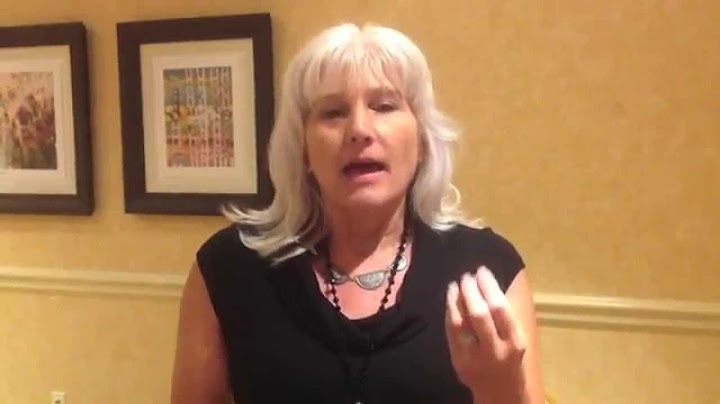Jim Ferguson got in trouble for throwing his weight around, and for using the public’s money as a personal slush fund. This article needs additional citations for verification. (March 2020) James Edward Ferguson Jr. (August 31, 1871 – September 21, 1944), known as Pa Ferguson, was an American Democratic politician and the 26th Governor of Texas, in office from 1915 to 1917. He was indicted and impeached during his second term, forced to resign and barred from holding further Texas office.[1][2][3][4] James Ferguson James Edward Ferguson Jr. Ma Wallace Unable to run under his own name, Ferguson ran his wife's campaign for Governor; Miriam A. Ferguson, known as "Ma" Ferguson, was twice elected as governor, serving two non-consecutive terms, from 1925 to 1927 and 1933 to 1935. In 1925, Miriam became the first female governor of Texas after campaigning as a stand-in for her husband, and technically James E. Ferguson became the first gentleman of Texas for her two terms. Ferguson was born to the Reverend James E. Ferguson, and Fannie Ferguson near Salado in south Bell County, Texas. At age 12 he entered Salado College (a preparatory school) but was eventually expelled for disobedience. At 16, he left home and drifted through the states of the American West, working successively in a vineyard, a mine, a barbed wire factory, and at a grain ranch. After he returned to Texas, he studied law in Bell County and was admitted to the bar.[5] On December 31, 1899, he married Miriam A. Wallace at her family home.[6] In 1903, Ferguson was elected as city attorney in Belton, Texas. In addition, he established Farmers State Bank. In 1906, he sold Farmers bank and established Temple State Bank.[5] He also became active in the Democratic Party and managed several local political campaigns. He believed that "a Negro has no business whatever taking a part in the political affairs of the Democratic party, the white man's party." A part of his appeal as a candidate for governor was his support for white supremacy in the political process.[7] In 1914, Ferguson was elected as governor of Texas by running as an anti-prohibitionist Democrat. When the Democratic Party dominated the Texas political landscape, winning the Democratic primary often sealed the election results. Ferguson was the only "wet" candidate in the Democratic primary and garnered all of the anti-prohibitionist votes over a plurality of "dry" candidates.[8] Prior to his inauguration, Ferguson conferred with officials at the University of Texas regarding appointments affecting learning and higher education.[9] According to historian Dan Utley, Ferguson planned to use state appointments as part of a spoils system to reward his political supporters. He tapped Reverend Allan Ferguson Cunningham to serve as State Librarian, despite his lack of training or experience in the field. The incumbent State Librarian was Ernest Winkler, who was a professional historian with years of experience as a librarian. The chair of the State Library and Historical Commission, Eugene C. Barker, heard talk about these plans and intervened in support of Winkler. He convened the commission, and the body approved that Barker write a letter to the Governor-elect. The letter claimed that Winkler was the best person for the job. Meanwhile, Winkler fought for his job by enlisting the help of his colleagues. Other high-profile librarians voiced their support of Winkler, as did the son of an ex-governor, and a chapter of the Daughters of the Republic of Texas.[10] After being re-elected in 1916, Ferguson vetoed the appropriations for the University of Texas. The veto was retaliation against the university because of its refusal to dismiss certain faculty members whom Ferguson found objectionable, including William Harding Mayes, former Texas Lieutenant Governor and founder and dean of the University of Texas School of Journalism. He had been an opponent of Ferguson for the Democratic party's nomination for governor in 1914.[11] The accusations against Mayes were that he used his ownership of newspapers, including the Brownwood Bulletin, to spread negative information about Ferguson.[11] Another leading Ferguson critic on the UT campus was the historian Eugene C. Barker. Ferguson's attack against Mayes resulted in a drive by the legislature to impeach Ferguson. The chairman of the investigating committee, William H. Bledsoe of Lubbock, called for impeachment. Ferguson was indicted on nine charges in July 1917. The Texas House of Representatives prepared 21 charges against Ferguson, and the Senate convicted him on 10 of those charges, including misapplication of public funds and receiving $156,000 from an unnamed source.[12][13] The Texas Senate, many of whom had served under William Harding Mayes and with whom Mayes maintained cordial relationships,[14] removed Ferguson as governor and declared him ineligible to hold office under Texas jurisdiction. But Ferguson ran for governor in the 1918 Democratic primary. He was defeated in the Democratic primary by his successor and incumbent, William P. Hobby of Houston, previously the lieutenant governor. Ferguson also ran for President of the United States in the 1920 election as the candidate of the American Party. Ferguson was on the ballot only in Texas, where he received 47,968 votes (9.9 percent of the vote in Texas, 0.2 percent of the vote nationwide). The 1920 presidential election was won by Republican candidate Warren Harding. Democratic nominee James M. Cox won in Texas, where the white majority was voting solidly Democratic. Ferguson was also surpassed by three other unsuccessful candidates:
Ferguson failed at his bid for the United States Senate in 1922, having lost in the Democratic runoff election to Earle Bradford Mayfield. In 1924, Ferguson entered his wife Miriam, known as "Ma", in the Democratic gubernatorial primary. She won that and the general election,[2] saying that she intended to rely on her husband for advice. In 1924, unable to run under his own name, he Mr. Ferguson, known as "Pa", ran his wife's campaign for the governorship against Judge Felix Robertson, the candidate endorsed by the Ku Klux Klan. The Fergusons beat Robertson and went to the Governor's Mansion for a third time. Two years later they lost a reelection bid amid new scandals concerning excessive pardons and political patronage abuses. She served two nonconsecutive two-year terms as governor: January 20, 1925 – January 17, 1927. She was reelected in 1932 and served January 17, 1933 – January 15, 1935. "Ma" Ferguson became the second female governor in the United States, with Nellie Tayloe Ross of Wyoming being the first. Both women followed husbands who had served earlier. Nellie Tayloe Ross was sworn in on January 5, 1925; Miriam Ferguson followed on January 20. In 1935, the Fergusons lost their ranch in Bell County because of financial troubles during the Great Depression. Nine years later, Ferguson died of a stroke. He is interred next to his wife at the Texas State Cemetery in Austin.
|

Pos Terkait
Periklanan
BERITA TERKINI
Toplist Popular
#2
#3
#4
Top 8 wenn kleinigkeiten am partner stören 2022
1 years ago#5
Top 7 hilfsmittel für behinderte im alltag 2022
1 years ago#6
#7
#8
Top 6 cafe da manha pobre 2022
1 years ago#9
#10
Periklanan
Terpopuler
Periklanan
Tentang Kami
Dukungan

Copyright © 2024 kemunculan Inc.



















